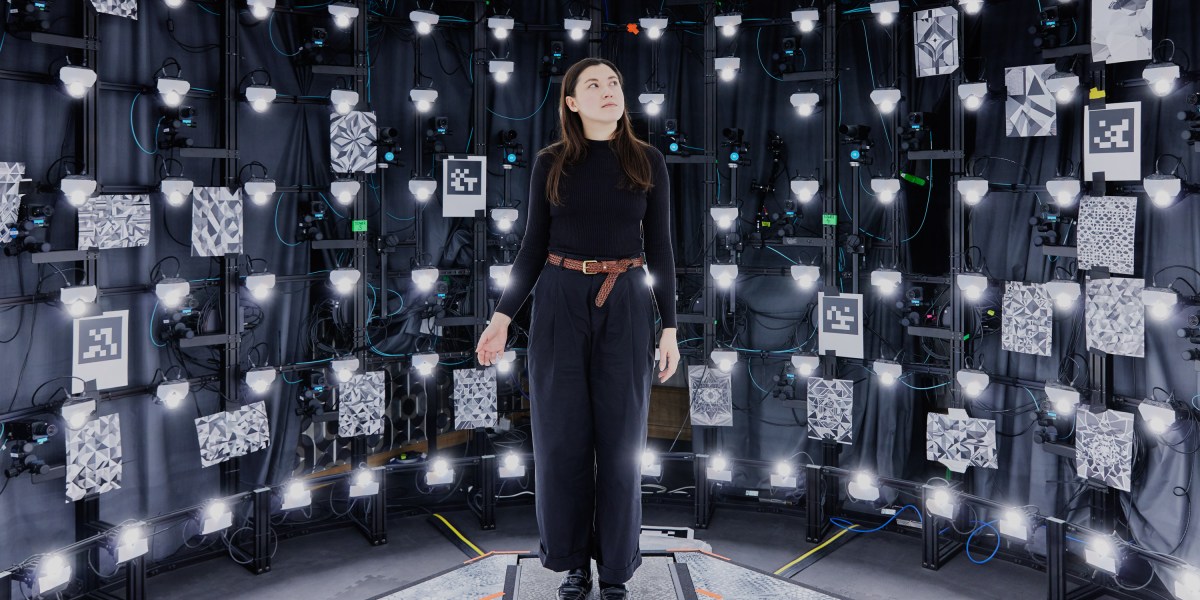Until now, AI-generated videos of people have tended to have some stiffness, glitchiness, or other unnatural elements that make them pretty easy to differentiate from reality.
For the past several years, AI video startup Synthesia has produced these kinds of AI-generated avatars. But today it launches a new generation, its first to take advantage of the latest advancements in generative AI, and they are more realistic and expressive than anything we’ve seen before.
While today’s release means almost anyone will now be able to make a digital double, before the technology went public, Synthesia agreed to make one of Melissa Heikkilä, our senior AI reporter.
This technological progress signals a much larger shift. Increasingly, so much of what we see on our screens is generated (or at least tinkered with) by AI, and it is becoming more and more difficult to distinguish what is real from what is not. And this threatens our trust in everything we see, which could have very dangerous consequences. Read the full story and check out the synthetic version of Melissa.
Want less mining? Switch to clean energy.
Political fights over mining and minerals are heating up, and there are growing concerns about how to source the materials the world needs to build new energy technologies.
But low-emissions energy sources, including wind, solar, and nuclear power, have a smaller mining footprint than coal and natural gas, according to a new report from the Breakthrough Institute released today.
The report’s findings add to a growing body of evidence that technologies used to address climate change will likely lead to a future with less mining than a world powered by fossil fuels. Read the full story.
—Casey Crownhart
In the climate world, hydrogen is perhaps the ultimate multi-tool. It can be used in fuel cells or combustion engines and is sometimes called the Swiss Army knife for cleaning up emissions. But the reality today is that hydrogen is much more of a climate problem than a solution. To find out why, check out the latest edition of The Spark, our weekly climate and energy newsletter. Sign up to receive it in your inbox every Wednesday.

